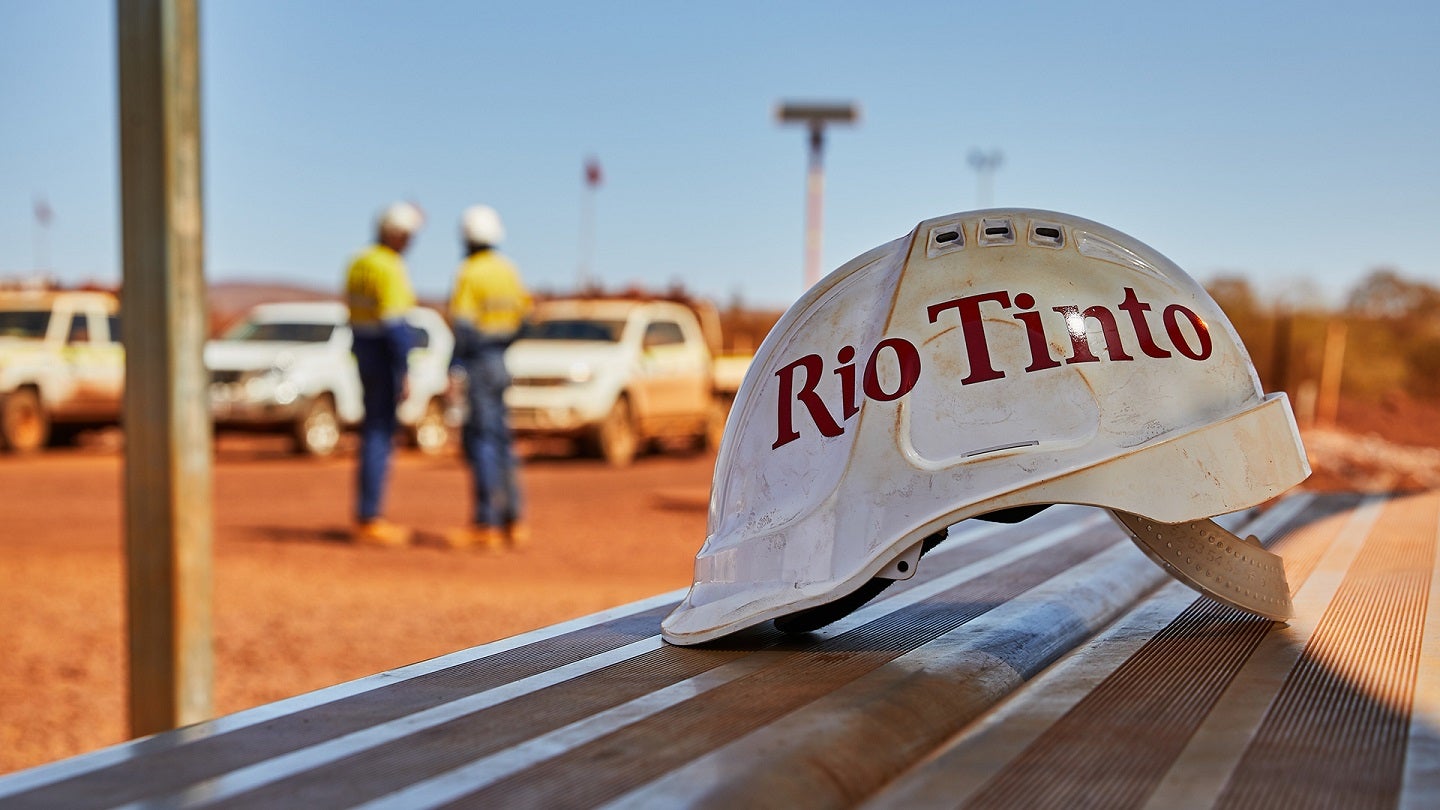
Rio Tinto has posted a 41% drop in 2022 net earnings, as reduced demand from China put downward pressure on commodity prices.
The firm’s post-tax profit attributable to owners reduced to $12.42bn in 2022 from $21.09bn a year ago, hit by higher energy and material costs, and soaring inflation.
In 2022, strict Covid-19 restrictions imposed by China reduced economic activity, which impacted iron ore and copper prices.
Rio Tinto CEO Jakob Stausholm was quoted by Reuters as saying to reporters: “It is very positive that China now also comes out of Covid lockdowns…and we are quietly confident that (China’s) demand will be a stabilising factor for the world economy in 2023.”
For the full year ending 31 December 2022, Rio Tinto’s underlying earnings before interest, taxes, depreciation and amortisation (EBITDA) stood at $26.27bn, versus $37.72bn in the previous year.
Free cash flow plunged 49% year-on-year to $9.01bn while consolidated sales revenue decreased to $55.55bn from $63.49bn.
How well do you really know your competitors?
Access the most comprehensive Company Profiles on the market, powered by GlobalData. Save hours of research. Gain competitive edge.

Thank you!
Your download email will arrive shortly
Not ready to buy yet? Download a free sample
We are confident about the unique quality of our Company Profiles. However, we want you to make the most beneficial decision for your business, so we offer a free sample that you can download by submitting the below form
By GlobalDataThe miner declared a full-year dividend of $4.92 per share, down from $10.40 in 2021. This equates to $8bn for 2022.
Rio ended last year with a net debt of $4.18bn.
Looking ahead to 2023, it has set capital investments guidance at $8bn, a drop from the earlier projection of $8bn-$9bn.
The firm’s guidance includes around $1.5bn on decarbonisation projects for the next three years.
The forecast for 2024 and 2025 is $9bn-$10bn.
Stausholm said: “The uplift in our operational performance, strengthening of external relationships and investment in the long-term strength of the business ensure we will be able to continue to pay attractive dividends and invest in sustaining and growing our portfolio while contributing to society’s drive to net zero.”


